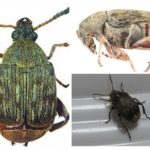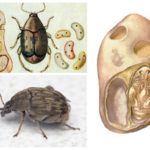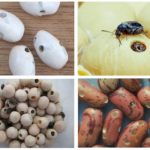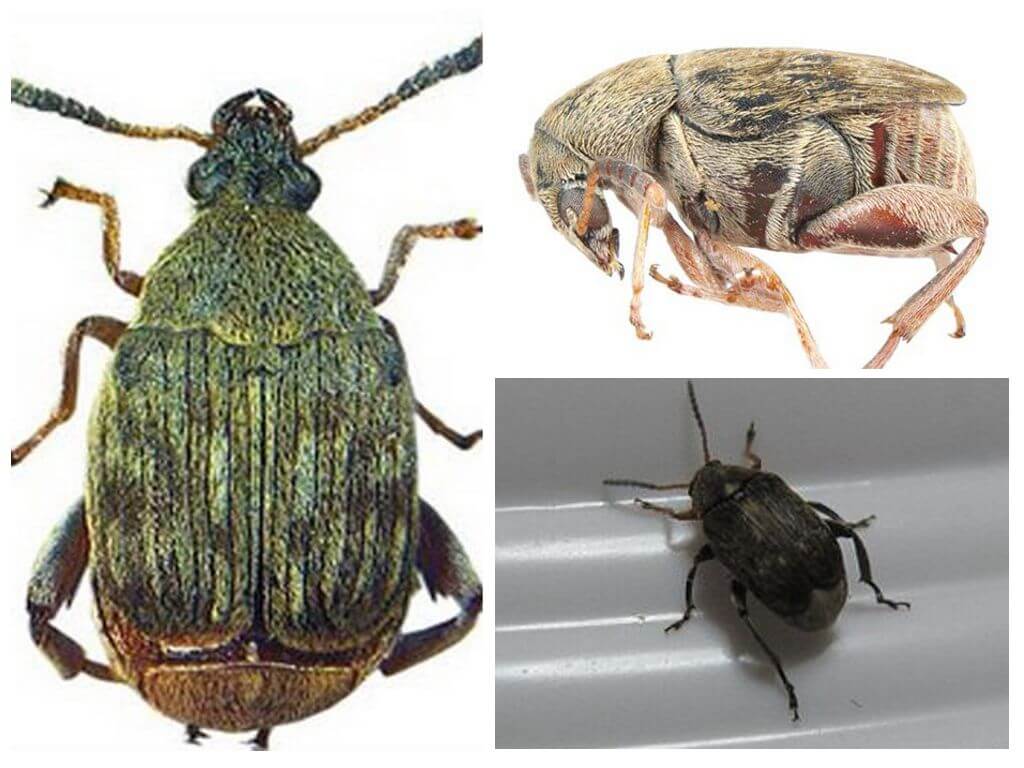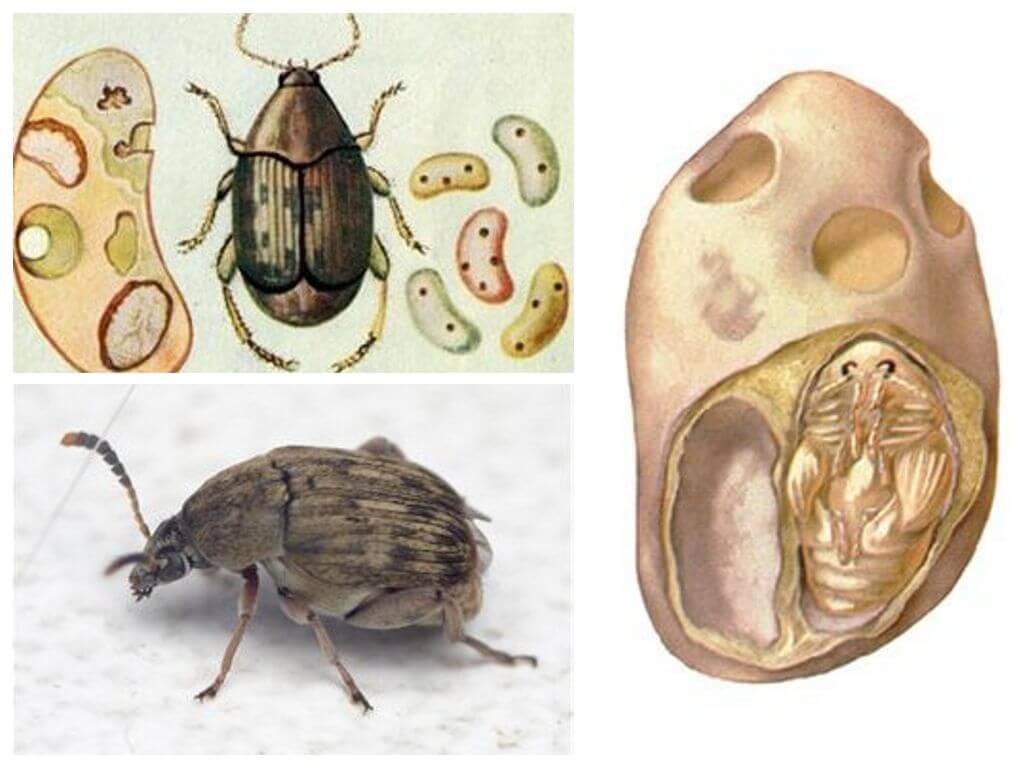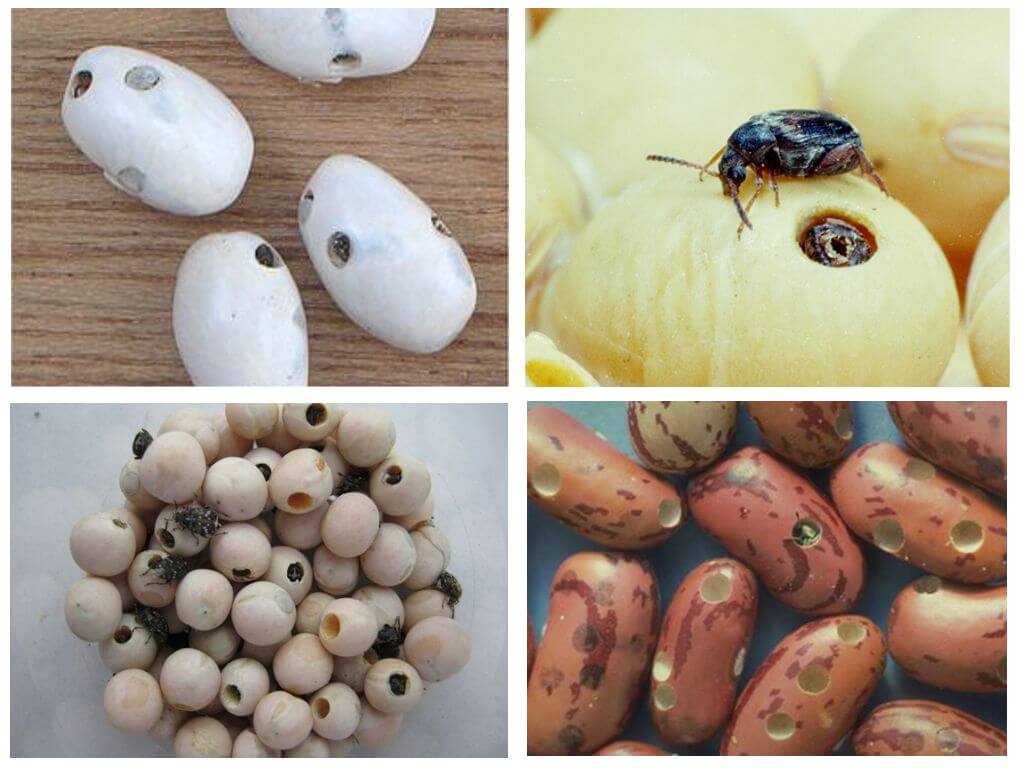How to get rid of bean grains in the apartment
Content
- Bean weevil
- Bean weevil
- Damage from the grains
The bean weevil has chosen such an unpretentious care culture as the bean. The pest was imported from South America to the Crimea at the beginning of the last century and quickly spread throughout the post-Soviet space with a warm climate. The beetle infects plants in the fields, with the grains it migrates to the storehouses and often gets into the apartment in a bag with purchased beans.Whether a grain is dangerous for a person and how to get rid of it - let's understand.
How does the bean seed look and what it feeds on
Bean weevil - small-sized beetle from the family of grains (among the closest relatives - pea and four-spotted grain). The little brownish oval-shaped body is covered with hairs of a copper shade. The insect has a miniature size of 2-5 mm, so it is difficult to study it in detail without a magnifying glass. If you look at what a bean seed looks like in the photo, you can see that the beetle has short elytra, covered with gray spots. The hind legs are equipped with sharp teeth.
Interesting!
Insects are very thermophilic and low temperatures are detrimental to adults and offspring. At a temperature of 0 ° C, the larvae die in 30 days, adult beetles in 15 days. When the temperature is below 12 ° C, the vital activity of the bean weevil ceases instantly.
Pests overwinter in storages inside grain or in field conditions under plant residues. Awakening occurs in spring when the ambient temperature reaches 12-15 ° C. Bean weevil has outstanding flight qualities.In search of food supply, it is able to cover a distance of up to 3 km.
Before the ripening of the beans, the insects feed on the leaves of leguminous crops and pollen. In the absence of food grains can do without food for up to 3 months. Mass invasion of pests on the bean plantation is noted after the completion of the flowering phase.
Features of reproduction of bean grains
Under natural conditions, the multiplication of the bean weevil occurs during the ripening of the fruit. The female gnaws a hollow in the bean seam and lays in it 15-20 white oblong eggs. The length of the embryo does not exceed 0.2 mm. The fecundity of one female varies from 60 to 200 eggs. The weevil beetle is quite whimsical and its reproduction is possible under appropriate conditions:
- optimum humidity of 60-70%;
- ambient temperature of 15-30 ° C, at higher temperatures the eggs die;
- availability of nutritional base.
In the warm season, the development of the embryo lasts 7-14 days, with a lower 35-40 days. Hatching larvae of the bean weevil penetrate deep into the bean and then inside the grain itself. Newborns have 3 pairs of legs, differ in mobility and the presence of bristles.In a single seed of beans, several dozen larvae can coexist at the same time, they eat the contents of the bean, gnaw tunnels in it. The stage of maturation of the larva lasts 3 weeks and ends with pupation.
The young beetle easily gnaws a hole in the bean and leaves it. The full cycle of development of the weevil ends in September, October, and most often the larvae penetrate with the harvest into the repository.
Important!
In the field, the female gives 2 generations, in the southern regions 3-4. In heated rooms under favorable conditions, insects breed year-round.
What harm do beetles
Beetles do not attack people, do not bite, but the harm to humans is significant. Infection of plants leads to lower yields. The bean weevil begins to harm the plants even at the stage of their growth, damaging the early crops. There were cases when the harvest of beans decreased by 70%. In addition to beans, insects are not averse to feasting on chickpeas, soybeans, peas. The photo shows beans damaged by beetles.
Important!
The larvae eat nutrients from grains, fill them with their own waste products,which makes beans further unsuitable for planting and consumption. Hitting contaminated beans in the storage facility threatens the safety of the entire crop.
How to deal with pest beans
The methods of struggle in the apartment with the grains are reduced to the detection of the source of infection and disposal or the rescue of legumes. It is not necessary to use insecticides, as the larvae are inside the product. Eating infected fruits can not be, because they contain the waste products of insects.
Home-made methods of how to get rid of the bean kernels are based on the use of critical temperatures at which the pest dies. Storage of the harvest in the cellar, in which the temperature is below 0 ° C, will prevent the development of larvae. In the apartment, you can hold the collected beans in the refrigerator or warm it in the oven for an hour. These procedures will allow to get rid of insects in the early stages of infection and to avoid damage to the product.
Fighting grain pests in the field involves the following activities:
- Visual inspection of seeds before sowing. To identify infected beans, seeds are dipped in a saline solution for 7-8 minutes.Floated grains are rejected.
- The use of insecticidal drugs in the fruit ripening phase.
- Timely harvest.
- Harvesting plant residues.
The complex of the above measures will help minimize the contamination of beans with such small but very harmful insects.

